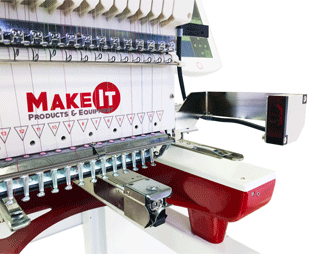 Of all of the skills necessary to start and grow any embroidery business, the one that most people have trouble with is establishing the right pricing for their embroidery services. What is it about pricing that puts fear and sometimes panic into the hearts and minds of most small business owners and entrepreneurs? Here are some common answers to that question:
Of all of the skills necessary to start and grow any embroidery business, the one that most people have trouble with is establishing the right pricing for their embroidery services. What is it about pricing that puts fear and sometimes panic into the hearts and minds of most small business owners and entrepreneurs? Here are some common answers to that question:
- If I charge too much I won’t get any business
- If I charge too much my main competitor will take my customers
- If I don’t charge enough I won’t make any money
- I’ll never be able to raise pricing on embroidery products, there’s too much competition
- It’s embarrassing to ask for money
But most of the time, it’s just a lack of knowledge about pricing or lack of direct experience in figuring prices that foster these feelings.
Whatever the reason, pricing your product is not that difficult and should not cause anxiety. To the contrary, prices can be figured in a simple fashion and delivered with ease and confidence. Let’s explore some of the mechanics involved in determining a selling price as well as some techniques used by professionals to quote prices without anxiety.
There are many ways to develop pricing and several standard models to choose from, but fundamentally, businesses price their products in just one of 2 ways that we will call Cost Plus and Market Down.
When you stop to think about it, a selling price is a somewhat arbitrary number. It does, however, reflect several key items such as the costs associated with doing business, a desired profit margin, the perceived value of your product and your competitor’s selling price. By looking at each of these items, we can show you how to both conceptually and practically set a selling price for your work.
Cost Plus Pricing Method
One of the most fundamental business rules states that selling price is the sum of the cost of doing business plus a profit margin. This rule (Price = Cost + Profit) implies that in order to establish a price, we have to know the cost of doing business. Costing your work is not as difficult as it sounds.
You do this by simply totaling all of your business expenses, such as rent, machine lease payments (or depreciation if purchased), labor costs (include matching F.I.C.A., workman’s compensation and unemployment insurance contributions), raw material costs, phone, postage, office supplies, etc.
Do not include garment costs in this total since we are only figuring supply costs at this time. Garment costs can be marked up separately and added to the derived selling prices. Next, divide this total cost figure (less garments) by the number of hours contained in the time period you used to calculate your costs. For instance, if you totaled costs on an annual basis, divide this total by the number of work hours in a year — 40 hrs. x 52 weeks = 2,080 hours.
If you are a startup business and you do all of the production yourself, you should still allocate a direct labor cost— even if you do not receive a regular paycheck. It is important to build this into your operating cost so that your selling price reflects labor expense. As you grow the business and add employees, the labor cost calculations will increase appropriately, adding revenue to cover the additional outlays while still maintaining a profitable margin in your pricing.
After you have added all your costs and divided this total by the hours worked, you now have a cost of doing business per hour. For example, if you operate one single head machine and annual costs total $41,600, you should divide that by 2,080 hours per year, and you see that your cost per hour is $20.
HOW DO I DETERMINE MY COSTS PER UNIT?
The next step is to translate this figure into a cost per unit. First you have to select a unit of measure that best represents the cost and effort invested. One of the easiest and most common units to use is stitch count, since stitches measure output in an accurate fashion.
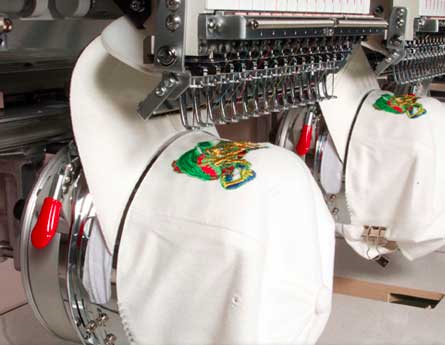
If we use a single head machine , the SWF 1501C is by far the most popular single head for small businesses, it should produce anywhere from 18,000 to 30,000 stitches per hour (300 to 500 stitches per minute).
Using the cost figure calculated above, our cost per thousand stitches could range anywhere from $0.67 to $1.11, depending upon your own unique stitching output.
Sewing at 30,000 stitches per hour produces units at $0.67 per hour, while a machine sewing at 18,000 stitches per hour produces units at $1.11 per hour. So you would ADD this to the $20/hour cost of running your business in the example we used above and arrive at your real cost per unit.
COST PLUS EMBROIDERY BUSINESS PRICING MODEL
Profit margin is the additional money added to the unit cost in order to make a profit. If you are a one-person shop operating one single head embroidery machine, or multi head embroidery machine for that matter, this is the growth money earned for running your business above the hourly wage calculated in your operating cost figure.
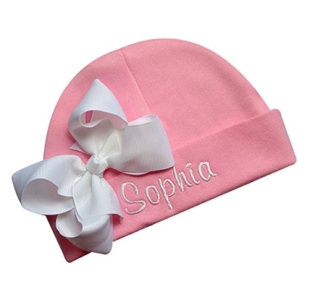
Remember, you are starting or running an embroidery BUSINESS, so the profit of that business is the difference between working for hourly wage and creating a business that will grow.
This COST PLUS method starts with how much profit you want to make and working backwards to figure out what you need to charge to get there.
The amount of profit that you add to the cost base can be calculated by first setting a target dollar that you wish to earn in your business per year. If you divide that figure by the capacity of your equipment, you can then amortize the profit over your production target.
For example, if you want to clear $60,000 using a single head machine, divide that by the number of working hours in a year (2,080) and divide that number by your machine’s average stitch capacity to determine the per-unit margin you would have to add to your selling price.
If we divide $60,000 by 2,080, and then divide that by 18,000 stitches per hour, we come up with a figure of $1.60. Since we know our cost per unit in our example at 18,000 stitches per hour is $1.11, we have to get an average unit price of $2.71 ($1.11 + $1.60) to generate a profit margin of $60,000 for a year.
This selling price could work. Many embroiderers sell (and mark up) the garment as well in order to keep the price per stitch down while still realizing a sizable margin off the finished product. The garment could be 30% of your profit or markup on the entire project, depending on the size of the order.
So now your calculations could include the cost of the garment and what profits you might make on that as well.
You can maximize every opportunity by offering more than one decorating method. This will not only expand your potential customer base, but add some real profitability to your start up embroidery business.



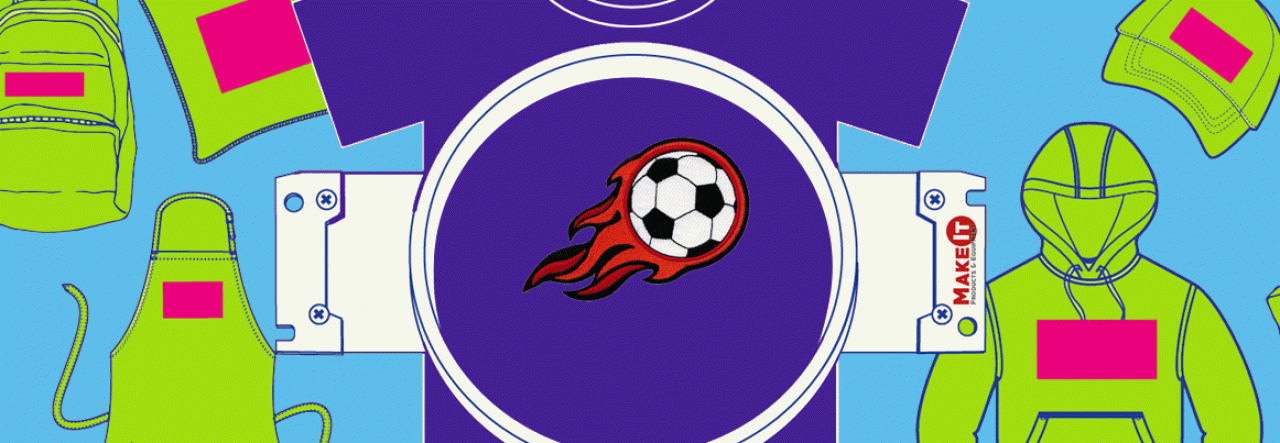








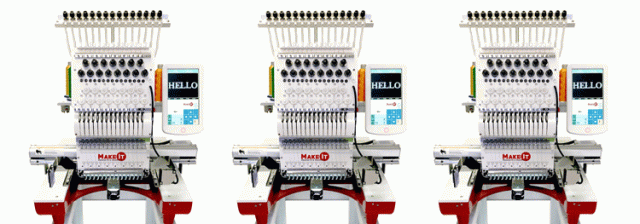
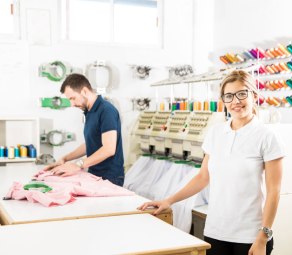 Tips for Scaling Your Embroidery Business:
Tips for Scaling Your Embroidery Business:
 Of all of the skills necessary to start and grow any embroidery business, the one that most people have trouble with is establishing the right pricing for their embroidery services. What is it about pricing that puts fear and sometimes panic into the hearts and minds of most small business owners and entrepreneurs? Here are some common answers to that question:
Of all of the skills necessary to start and grow any embroidery business, the one that most people have trouble with is establishing the right pricing for their embroidery services. What is it about pricing that puts fear and sometimes panic into the hearts and minds of most small business owners and entrepreneurs? Here are some common answers to that question:

